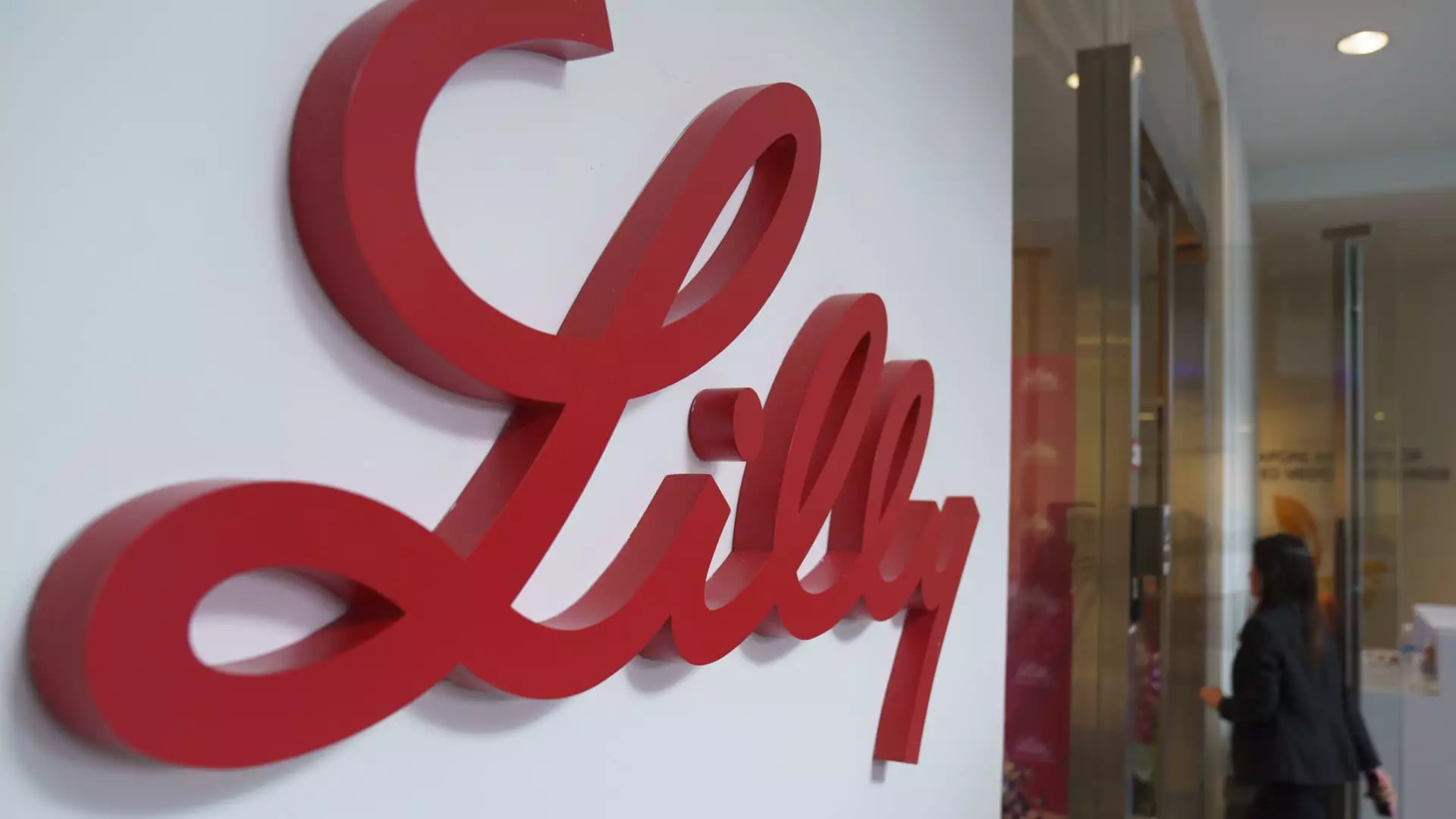Eli Lilly’s recent announcement to revise its revenue guidance presents a notable shift in expectations for investors and analysts alike. Earlier this week, the pharmaceutical giant revealed it anticipates generating approximately $45 billion in revenue for 2024, a decrease from its previous forecast of between $45.4 billion and $46 billion. While this figure still represents a significant 32% increase from the prior year, it highlights a mismatch between production capabilities and market demand for its flagship diabetes and weight loss drugs, Mounjaro and Zepbound.
The disappointment in forecasts has resulted in a substantial drop in the company’s stock price, with shares declining over 7% during midday trading on the announcement day. This market reaction underscores stakeholdes’ sensitivity to revenue projections and growth narratives in the competitive pharmaceutical landscape.
Eli Lilly has made aggressive investments aimed at scaling production capabilities to meet what has been an escalating demand for its incretin-based drugs. The company’s investments are not merely precautionary; they reflect a strategic response to anticipated growth in obesity and diabetes treatment markets. The FDA reaffirmed a resolution to the U.S. shortage of tirzepatide—active component in both Mounjaro and Zepbound—indicating that Eli Lilly’s efforts to increase production capacity are yielding results.
Despite this promising backdrop, CEO Dave Ricks acknowledged the challenges that lie ahead. In a recent CNBC interview, Ricks expressed confidence in the scalability of supply, citing expected increases in production by at least 60% during the first half of next year. Nevertheless, the company’s recent performance has revealed a slower than expected surge in growth compared to its earlier projections, raising questions about the pace at which the incretin market is expanding.
Compounding Eli Lilly’s challenges is the intense competition in the diabetes and weight loss sector. Notably, Novo Nordisk and a plethora of smaller entities are vying for market share in this lucrative domain. The landscape is evolving, with Eli Lilly focusing on broadening its product offerings, including aspirations for an obesity pill designed to be more patient-friendly and easier to manufacture. As Ricks indicates, there’s an optimism that this new product could receive approval as soon as early next year, which may serve to bolster Eli Lilly’s presence in a rapidly expanding market.
As Eli Lilly navigates through this period of adjustment, it has set ambitious sales projections for fiscal 2025, estimating revenues between $58 billion to $61 billion. However, the company’s ability to reach these targets will hinge on overcoming the current sales challenges and capitalizing on its manufacturing enhancements.
While Eli Lilly operates in a sector with strong growth potential, meeting evolving consumer demand and sustaining competitive advantages will be critical. The company must balance its production capacity with realistic market expectations to navigate the complexities of the pharmaceutical industry effectively. The coming months will be crucial in determining how successfully Eli Lilly can adapt to market pressures and continue its trajectory of growth amidst increasing competition.

